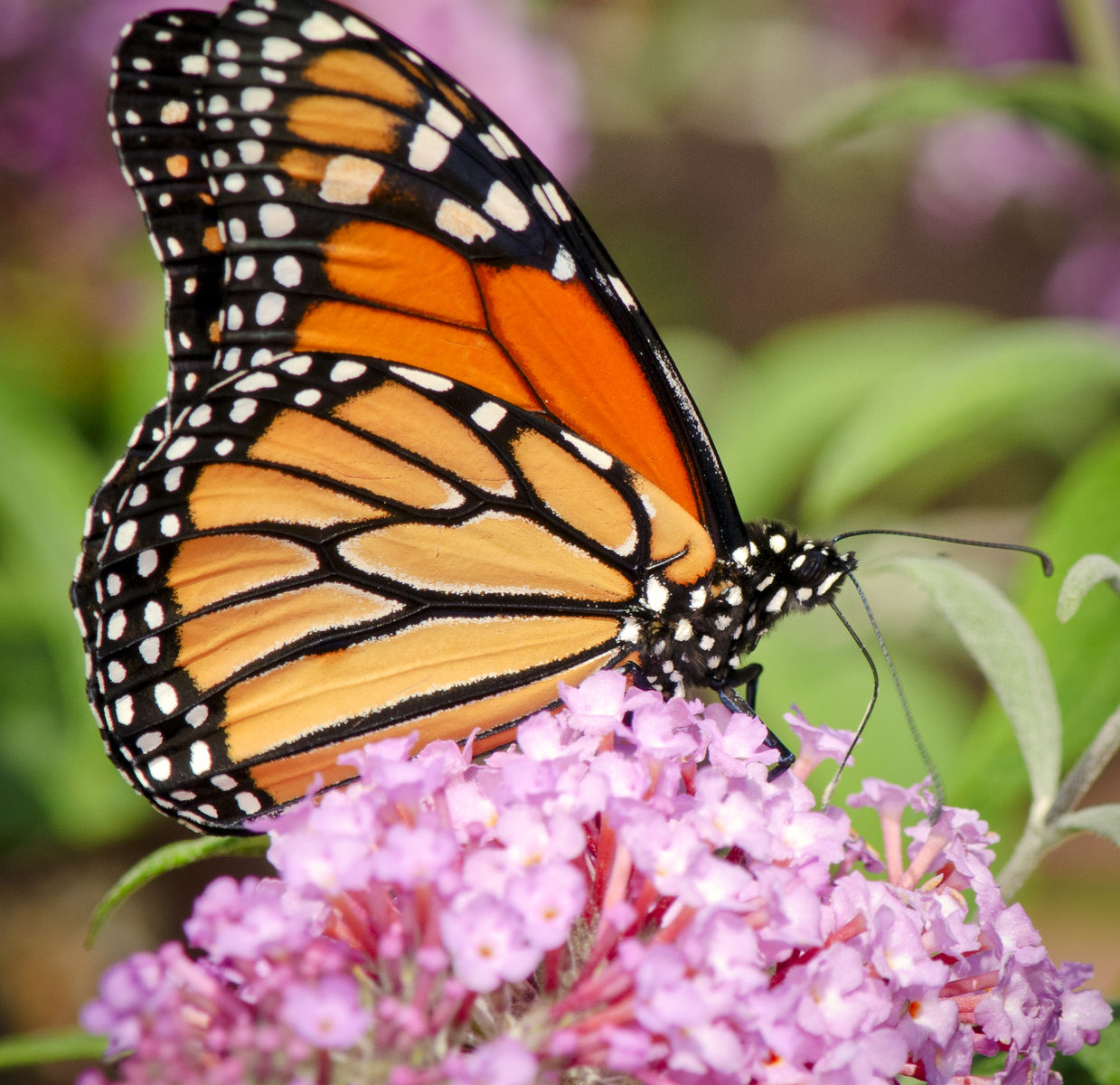What it means to have healthy soil
What it means to have healthy soil, might depend on who you ask. For instance, a farmer might say that healthy soil will retain water and provide crops with the nutrients they might need. These are not technically wrong answers; however, they are more incomplete than they are correct. There are a lot of things that determine the health of soil and this article will help explain what they are, in addition to explaining what they mean.
Indicators of soil health
There are a few different ways to determine if soil is healthy or not, some indicators are more scientific like testing the pH of the soil, but we will not talk about those more complex indicators here. Instead we will focus on the simpler indicators of soil health. The first being whether there is anything growing in it already, chances are if there is lots of green vegetation already growing in it the soil is fairly healthy. Another indicator that is easy to determine is if there are earthworms living in it, the more that live in it the better too. Earthworms play a very important role because they do a few different things for soil. One thing they do is that they help decompose organic matter like dead leaves and turn that into fresh healthy black soil. In addition to being an important decomposer within the soil, they also provide oxygenation to the soil by burrowing through it. This is important because if there is no oxygen contained within the soil, nothing will be able to grow because that is an important nutrient for just about every living thing. One more indicator of healthy soil, is that there is a plethora of other organisms living within the first few inches of soil. If there is a lack of other things living there it usually means not all the nutrients necessary for life are present.
Environmental benefits of healthy soil
There are quite a few benefits that healthy soil will provide for the environment. There are 5 functions soil provides that are essential to the health of an ecosystem, whether it be a garden in your backyard or a forest far away from your home, it still does these 5 basic functions.
- Regulating water
- Healthy soil will help control where any water in the environment will go. Whether it is rain, snow that has melted, or water from your garden hose it plays a large role in whether water pools up or runs off to another area.
- Cycle nutrients
- Just to name a few nutrients that are stored within the soil there is nitrogen, carbon, and phosphorus. These are all very important for the growth of any plants which form the base of most food chains, so it is vital that the soil can provide these nutrients to anything growing in it.
- Sustain animal and plant life
- This one is fairly self-explanatory, healthy soil is necessary for just about anything to live or grow in it. If there are not the proper conditions, nothing will grow or be able to live in it.
- Support and physical stability
- Healthy soil will provide anything growing in it, like grass, a place to anchor their roots in order to grow vertically. If the soil is loose or not packed somewhat tightly, nothing will be able to root itself properly within the soil and will be unable to sustain its structure in the lightest wind gusts.
- Protection and filtration of pollutants
- Arguably one of the more important functions of healthy soil is that it can filter out, detoxify, or degrade harmful pollutants. It also keeps them from reaching underground water, called aquifers, which is obviously important to humans because we use a lot of groundwater.


